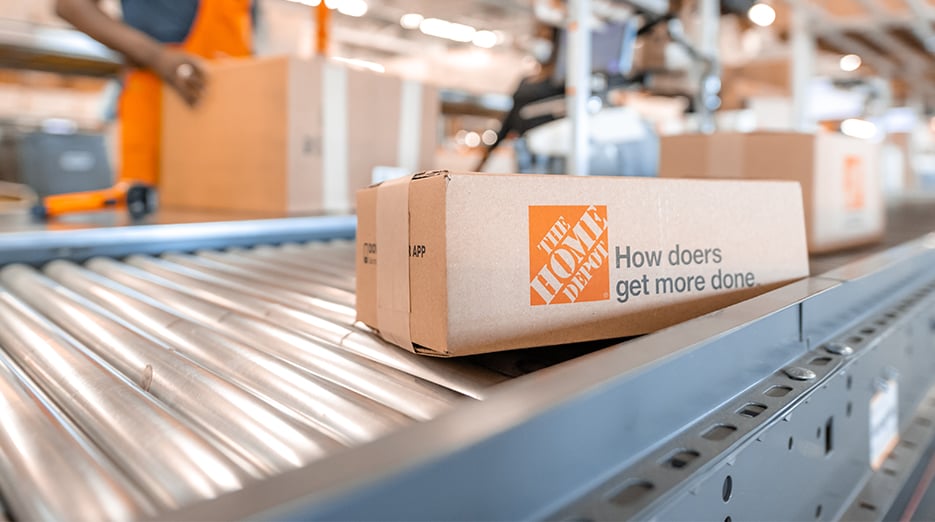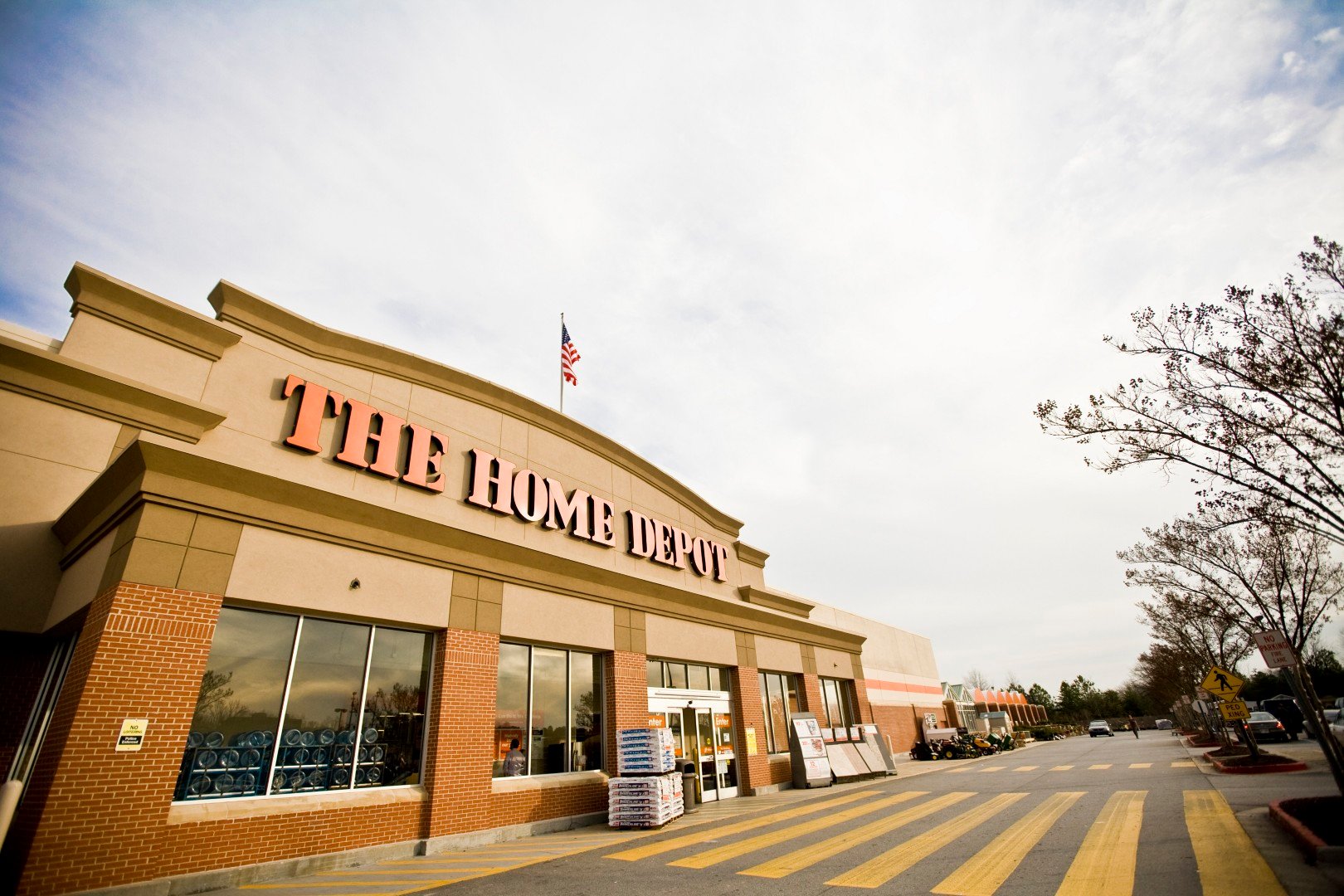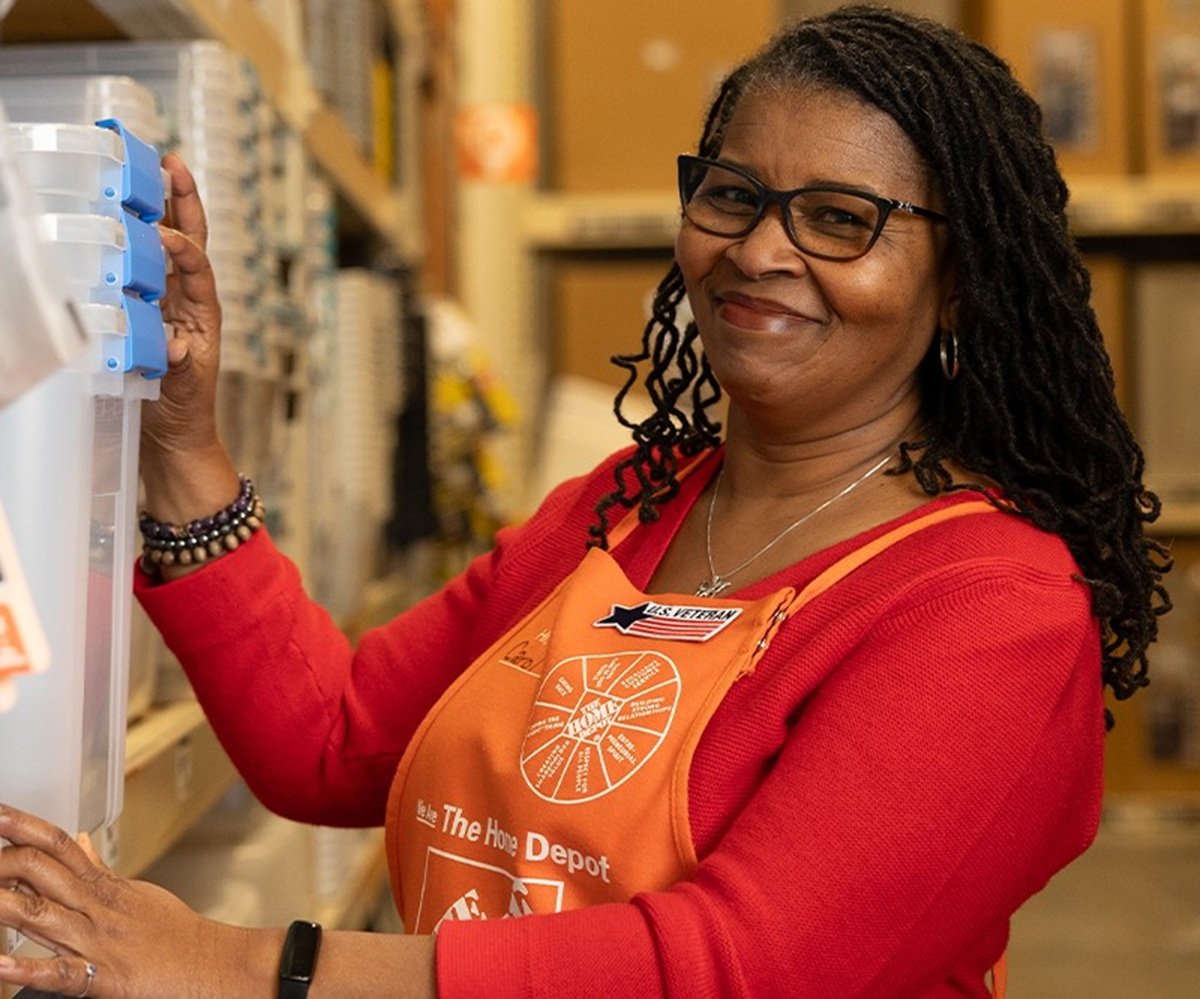If you believe the dire headlines lately, you're probably convinced that brick-and-mortar retailing -- the kind that requires big buildings with lots of overhead -- is dying. Conventional wisdom says there's just no industry left that isn't either already being disrupted by the digital sales channel, or about to get crushed by it. From stand-alone stores to malls, customer traffic seems destined to fall as online shopping gobbles up an ever-growing slice of the retailing pie.
Yet some companies with huge store bases are finding ways to thrive through this major traffic headwind. Here's a closer look at what Starbucks (SBUX 2.68%), Ulta Beauty (ULTA 1.45%), and Home Depot (HD 0.41%) are doing in the digital space that sets them apart from struggling peers.

Image source: Getty Images.
Starbucks
Starbucks has one of the biggest retailing presences in the world, with 25,000 restaurants in operation today. Investors might not know that the coffee giant is a leader in the digital sales channel, too. There were 13 million members of its rewards program at last count, which marked an 18% increase in the past year. Over nine million Starbucks customers chose to pay for their transactions digitally last year.
The latest quarterly results showed impressive momentum in the digital arena. In fiscal Q1, Starbucks added a record 1.8 million new rewards members in the U.S. as customers loaded $2.1 billion onto Starbucks cards. The adoption rate of its mobile ordering app surged so quickly that many stores had trouble keeping up with the volume of the digital sales flow.
Numbers like these have executives feeling optimistic about their retailing position today even as customer traffic growth slows. "In our view," founder Howard Schultz told investors in a recent conference call, "no brick-and-mortar retailer of any description is better positioned to navigate and profit from the ongoing consumer shifts underway than Starbucks."
Ulta Beauty Salon
Investors love Ulta Beauty stock right now, in part because the company is logging incredible customer traffic growth. Transactions spiked by 11% last quarter to match the same pace that powered record-breaking sales growth for the retailer in the prior quarter.

Image source: Getty Images.
But while salon services are restricted to in-person experiences, Ulta owes much of its success to wins on the digital side of the business. E-commerce revenue soared 63% last quarter and was responsible for nearly 4 full percentage points of the company's 17% comparable-store sales spike. Better yet, in contrast to many rival retailers who have had to give up profitability as their revenue mix shifts toward digital fulfillment, Ulta's gross profit margin expanded last year to 36% of sales from 35%.
CEO Mary Dillon and her team project that revenue growth will slow down in 2017 from last year's awesome pace, but the company's industry-leading loyalty program should still help the e-commerce channel far outgrow the core business. Digital sales should rise 40% this year to help overall comps improve by roughly 9%.
Home Depot
Home Depot has achieved a goal most bricks-and-mortar stores would kill for: deep integration between its traditional and e-commerce businesses.
The digital segment makes up 6% of the home improvement giant's business, compared to around 4% for Target (TGT 0.95%) and Costco (COST +0.56%). It grew at a 19% pace last quarter, but the more impressive metric is that just under half of those online orders involved a physical trip to a Home Depot store. In other words, the e-commerce business is strengthening the store footprint, not weakening it.
Home Depot has aggressive plans to pour resources into expanding in the digital channel. It just rolled out a buy-online-ship-from-store offering nationally and added bulk products like concrete to its contractor delivery choices.
Similarly, Ulta aims to use loyalty rewards and innovations around the tips, tutorials, and social content it offers at its website to boost the business in 2017. Starbucks' latest digital upgrade added voice command ordering functionality to its app.
The pace of change is quicker in the online world than in their core businesses, so all three retailers have had to get used to constantly improving so that they can keep their early leads in this booming channel.










